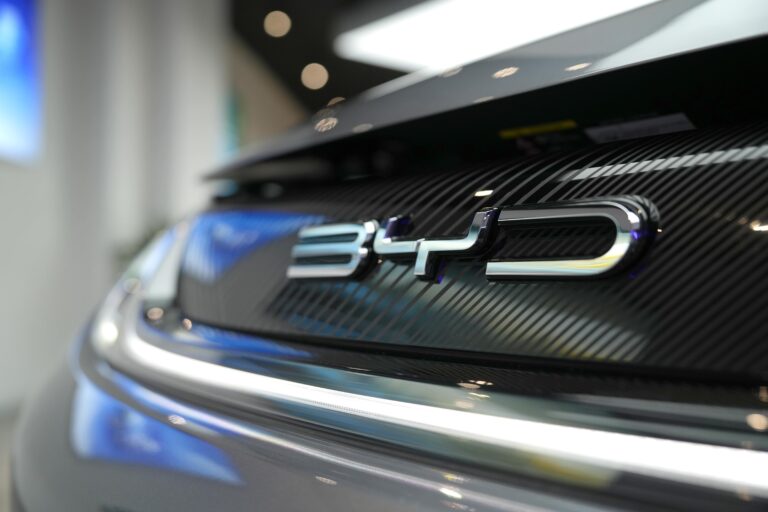When Kerry Dunstan and his partner went shopping for an electric car this summer, one question mattered most: “How’s the battery?” They found a 2021 Nissan Leaf with 29,000 miles. The dealer said its state of health (SOH) was still 93%. That convinced them. For £12,500, they bought a spacious, practical electric car suitable for family and luggage.
Dunstan, a cabinetmaker who also owns a stylish electric Volvo SUV, admits the Leaf doesn’t excite him. “I like cars with flair – this one’s a bit bland,” he says. Still, he’s satisfied. “It has performed exactly as I expected,” he adds.
Battery health now drives used EV decisions
In the past, buyers focused on mileage and model year. Today, battery condition matters most. Buyers ask how it was treated. Did the previous owner fast charge it to 100% regularly? That can shorten battery life.
This uncertainty has made some hesitant about second-hand EVs. But new analytics companies claim they can measure a battery’s real condition accurately. Experts say many EVs last longer than early predictions suggested.
Dunstan’s Leaf is a good example. It lacks the liquid cooling system of newer models. Nissan corrected this in later generations, but older Leafs lose range faster, according to US firm NimbleFins. Dunstan is unconcerned. “I charge both my EVs to 100% when needed,” he says. “I don’t overthink it.”
Technology that reveals the battery’s real health
For nervous buyers, Austrian company Aviloo offers clarity. “We can independently measure a battery’s state of health,” says chief product officer Patrick Schabus. Aviloo provides certificates for British Car Auctions and offers two testing methods.
The premium test uses a small device that tracks the battery over several days as it discharges from full to almost empty. The faster “flash test” connects to the car’s software and produces a report in minutes.
The premium test detects small voltage and current fluctuations, revealing weaker individual cells. Chief executive Marcus Berger says Aviloo’s readings often differ from the car’s own display. He also challenges the idea that batteries below 80% SOH are unusable. “A car with 75% health can still perform well – it just needs the right price,” he says.
What EV owners are discovering
In New Zealand, Lucy Hawcroft bought a Nissan Leaf with her husband three years ago. The dealer said the battery was 95% healthy. A year later, an independent mechanic reported a noticeable drop. “My husband was a bit concerned,” she recalls.
Still, the Leaf runs about 160km on a full charge. They mostly use it for short 10km trips. “Friends of ours get 400km,” she says. “That would be ideal.”
At Cleevely Electric Vehicles in Cheltenham, battery checks are now part of almost every sale. “Most customers ask for them,” says sales director David Smith. The company uses ClearWatt’s independent SOH reports. “We can’t change the results,” he says. “Once buyers see them, nine out of ten sales go through.” Managing director Matt Cleevely adds that many issues are fixable. “Replacing a few modules can save thousands compared to a full pack,” he explains.
Charging wisely and extending battery life
How should EV owners charge their cars? Stanford researcher Simona Onori says moderation is key. “There’s likely a sweet spot between frequent fast charging and avoiding it completely,” she explains. Researchers are still defining it precisely.
Battery technology has improved quickly. Max Reid from CRU says older EV batteries lasted 500 to 1,000 cycles. “Some of today’s cells reach 10,000,” he notes.
Even retired EV batteries have value. Paul Chaundy from Second Life EV Batteries in Dorset says companies reuse them for energy storage. Some power electric forklifts when the grid cannot support all chargers.
Chaundy believes standardisation is overdue. “We need clear, shared methods for testing and reporting battery health,” he says.

